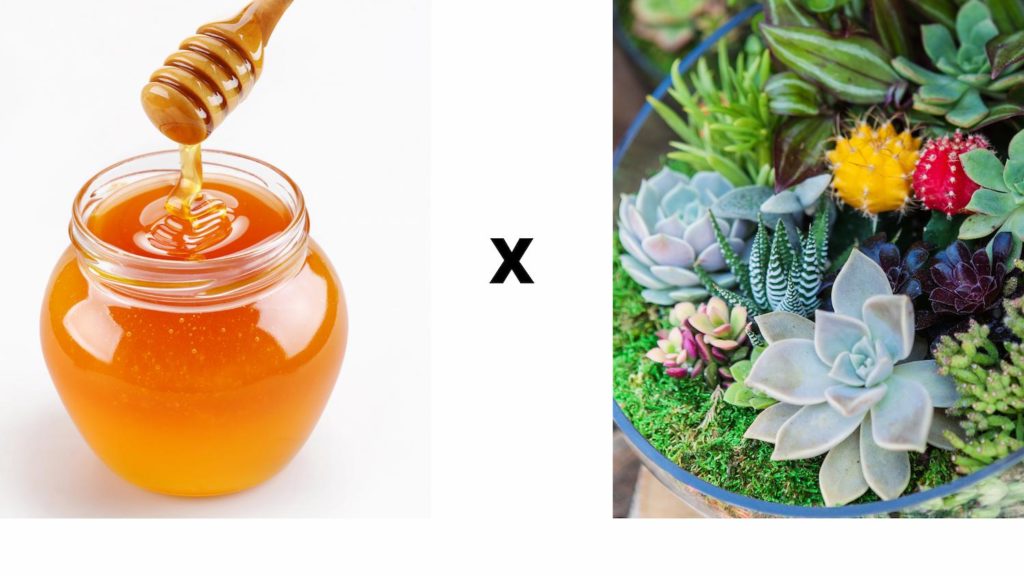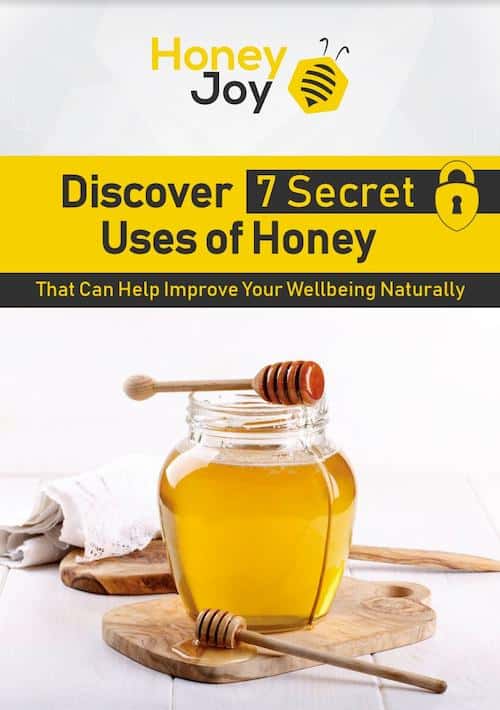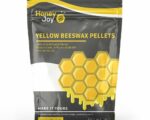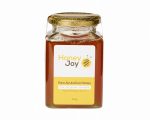Succulent plants (or succulents) are plants that usually have thickened parts, that are specially designed to retain water. They usually grow in arid areas or soil [1].
Succulents have fleshy leaves (think of aloe vera). It’s not easy to propagate, but if you put some effort, care, and patience into it, you will find the whole propagation of succulents process extremely worthwhile.
In this article, I will tell you how to propagate succulents with honey. There are only 5 steps, and, if you are into botany, this whole process will be super easy.
Key Takeaways
- Raw honey is widely considered the best natural rooting hormone.
- When it comes to succulent propagation, honey may promote root growth.
- Leaves and stems from the mother plant are used for propagating succulents.
Propagating Succulents With Honey
1. Preparation
So, like with any other process, before you start to propagate your succulents it’s extremely important to do all of the necessary preparation.
You can propagate your succulent plants by using a stem or a leaf-cutting.
At the end of the day, the choice is completely up to you, and, as far as I know, there isn’t much difference between these two methods of propagating (I am of course talking about stem or leaf cuttings).
Leaf-Cutting Method
Before you start propagation, you first need to get a couple of leaves from your succulent plant.
Pick off a couple of leaves from the base of the plant (jade plants are probably the easiest succulent plants to propagate).
While trying to remove the leaves make sure you don’t accidentally uproot your precious succulent plant because that would be really bad.
Be extremely careful, and gentle when plucking a whole leaf (or leaves if you want to have a higher success rate) from your succulent plant.
The best way to do it is by gently twisting the leaves until they simply come off.
Stem Cutting Method
If you choose to go with the stem cuttings in order to propagate your succulents, make sure to use equipment that you’ve properly cleaned beforehand (like scissors or a shear). Try to make a clean cut (with your clean equipment).
Aim for a piece that is located just above the leaf node. You can cut the extra stem of the mother plant, or just go for the new shoot (it’s up to you).
2. Drying Process
Now, is the part where I tell you what to do with your cuttings (leaf or stem) before you put them in the soil.
Botany wouldn’t be botany if you could just put the cuttings into the soil. It requires time and patience, but at the end of the day, it can be extremely rewarding.
So, you’ve got your succulent cuttings and are wondering what you should do next?
The next step is to dry your succulent cuttings (leaf-cuttings for stem cuttings). If you try to put the cuttings into the soil before you dry them, there is a high probability that they will rot.
Luckily for you, this process is extremely easy to do and does not require much work (if any). Just take your stem cuttings (or leaf cuttings) and place them in direct sunlight to dry out.
Leave them in direct sunlight for between 3-4 weeks or until the cuttings start to callus at the end (which usually takes around 3-4 weeks. So just leave them for 3-4 weeks and don’t worry about the callusing part).
The formation of callus will prevent infections from forming in your leaf or stem cuttings and will make them less susceptible to rotting.
You have to wait for at least 3 weeks, which leaves you enough time to prepare the potting mix.
To do that you should use the succulent soil potting mix.
3. Honey Dipping
Now, the part you have all been waiting for: how to propagate succulents with honey!
The reason why you should propagate succulents with honey lies in the fact that honey has exceptional antiseptic and anti-fungal properties [2].
In a nutshell, it means that honey will keep bacteria and fungi from forming on your precious leaf or stem cuttings. Some people even argue that honey can promote root growth in the cuttings of your succulents.
Before you start to dip your cuttings into honey make sure you get your hands on one of the best Australian, pure raw honey on the market.
Open the jar of raw honey and dip the leaf or the stem cutting into it. You should aim to create a thin layer of raw honey that covers the cuttings of your succulents.
Now, don’t go burying your cuttings! Instead, what you should do is to put them on top of the soil.
4. Rooting
Next thing that you should do, is sprinkle them (or mist) with water (but don’t water them directly!). You should do this for two days straight, once a day.
If the soil starts to get dry, continue with the sprinkling, but be careful not to overdo it. Small roots should start to grow in a couple of weeks, but only if you do everything with patience (if you are into botany you will be extremely familiar with the term patience!)
The rooting time may vary and there are many factors that come into play.
The season, the climate and even the type of succulent can determine the length of the rooting process (the time it takes for the roots to form, generally speaking).
You can speed up the process by using synthetic rooting hormones. But, if you opt-out for the synthetic rooting hormones you will forgo the most important part of botany, which is patience!
Using honey as a natural rooting hormone, may prolong the process of forming roots, but will also make your cuttings less susceptible to rotting (because honey has anti-fungal properties).
And, if your cuttings start to rot, you will have to make new ones by once again “dismembering” the mother plant.
5. Transport
It’s been weeks (maybe even months) since you’ve got your stem cutting (or leaf) and started this whole amazing journey.
You choose to propagate succulents with honey, which increases the waiting time but also increases the rate of success (because honey is one of the best natural rooting hormones).
Let the roots of your new plants form properly and strengthen for at least a couple of weeks. One you are certain the root is developed, take your baby plants (obviously remove the old leaves) and plant them in a pot.
Pot should be filled with succulent soil mix, but if you’ve followed this guide you’ve already done that weeks ago (patience is the key!). Now it’s time for some special care and attention that your new succulents deserve!
Once you’ve moved your succulents into a pot, be sure to keep them in a shade for at least a few days, while slowly acclimating them to direct sunlight.
Succulents are one of the most beautiful plants in the world, so be patient and you will get to enjoy the full benefits of propagating succulent plants by having a bunch of them in your home.
FAQ
Can I Use Honey as a Rooting Hormone?
Yes, you can use honey as a rooting hormone.
Honey is probably one of the best natural rooting hormones and because of that is used by many.
Using honey as a rooting hormone is a great idea, as honey has natural properties that can fight fungal and/or bacterial infections (that can lead to rotting).
What Is the Best Plant for a Honey Propagation?
When it comes to succulents, the aloe vera plant or jade plants are widely considered to be the easiest to propagate if you use honey.
If you follow the steps above, and get the right soil mix for succulents (specially made for propagation) you won’t have any problems at all.
The Bottom Line
Honey is not just great for propagating succulents, but it can also promote root growth and will protect the cuttings from your succulents from fungal and/or bacterial infections (which lead to rotting).
Honey is considered by many as the best natural rooting hormone that will provide your succulents with as much rooting aid as they need [3].
Propagating succulents requires patience and care, but can be gratifying. From the moment the first roots start to show, to the forming of leaves, to leaving your plant to bask in the sunlight in all its glory, it’s all worth it!
Sources
- https://dictionary.cambridge.org/dictionary/english/arid
- https://academic.oup.com/mmy/article/44/3/289/970394
- https://www.ctahr.hawaii.edu/UHMG/news/V21-honey-rooting-Firth.pdf






